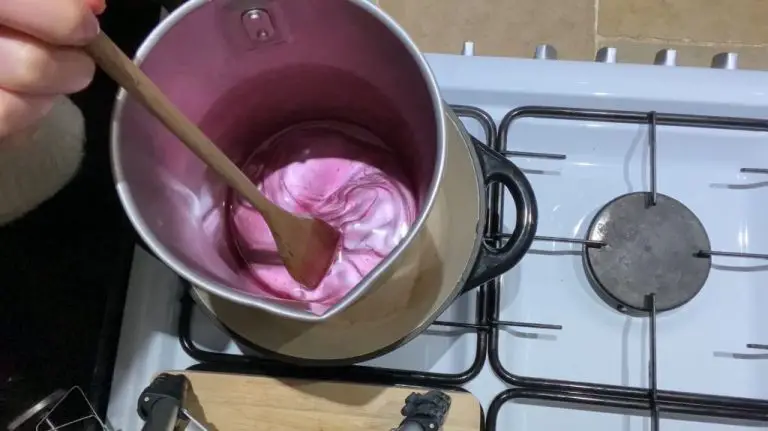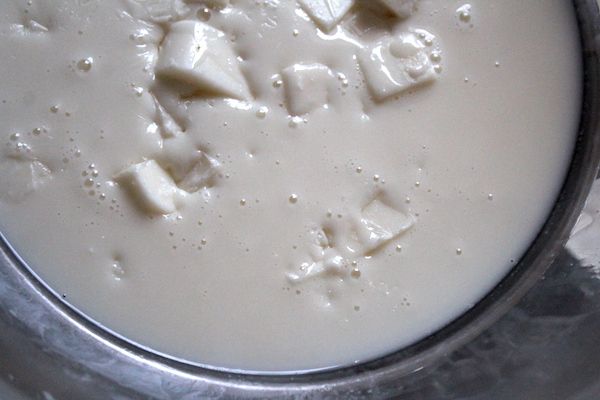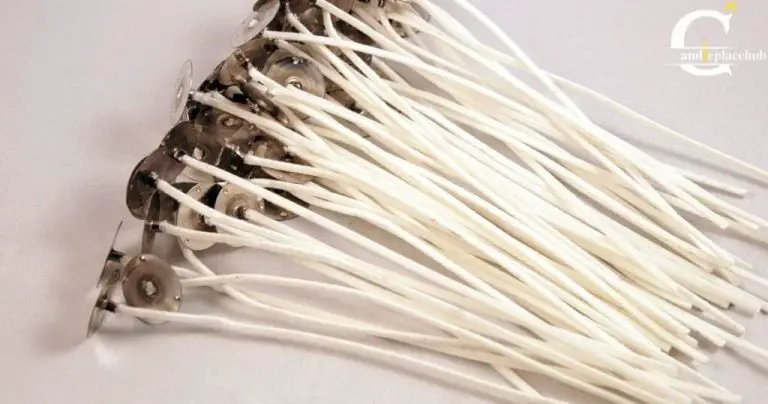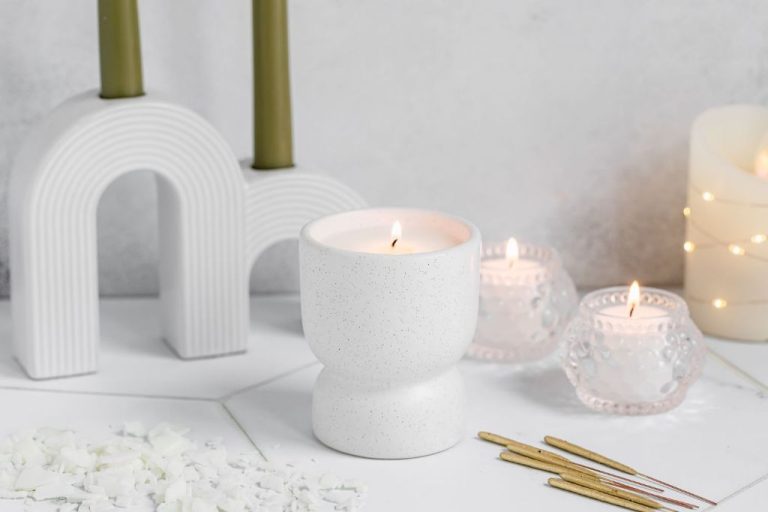How Do I Know What Wick To Use In My Candle?
Selecting the right wick is one of the most important steps in candle making. The wick is responsible for drawing wax up into the flame to keep the candle burning. Using the incorrect wick can lead to a variety of problems like tunneling, sooting, drowned wicks, and more. The right wick helps ensure proper wax pooling, clean burning, and an even burn from start to finish. Wick selection depends on factors like wax type, candle diameter, fragrance load, and burn time. With so many variables at play, choosing the right wick may seem complicated for beginners. But having a basic understanding of wick sizing, materials, and wick testing methods can make the process much easier.
Wick Materials
The most common materials used for candle wicks include:
-
Cotton – Cotton is one of the most widely used wick materials. It has a clean burn and provides a bright flame. Cotton wicks are soft and flexible.[1]
-
Wood – Wooden wicks are made from bamboo or wood chips compressed into a wick material. They crackle when lit which some find appealing. However, they can create more soot.[1]
-
Paper – Paper wicks are economical but do not last as long as other materials. They are soft and flexible but generate more soot.[1]
-
Zinc or Tin – Metal wicks are stiff and support a more upright flame. However, they can create more smoke and should be used carefully.[1]
Wick Sizing
One of the most important factors in choosing the right candle wick is making sure it is the proper width for the diameter of your candle. Using the wrong width wick can lead to issues like tunneling or poor flame performance. Generally, wider candles need wider wicks that won’t drown in the melted wax pool. Narrower candles use thinner wicks that won’t create too much heat.
Most candle making manufacturers provide wick sizing charts to guide you in selecting the right width wick. These charts recommend wick widths based on the diameter of the candle you are making. For example, a candle with a 2″ diameter would need a wider wick, around .03″-.04″ width, while a 1″ diameter candle would only need a .015″-.02″ wick. The charts have recommended wick sizes for all common candle diameters.
When in doubt, it’s usually better to go slightly smaller with your wick width. An ideal wick should burn evenly without smoking, tunneling or mushrooming the wax. Testing different wick sizes with various wax and fragrance loads will help you find the perfect balance for each of your candle designs.
Some key things to keep in mind about wick sizing:
- Wider candles need wider wicks
- Narrow candles need thinner wicks
- Consult manufacturer’s wick sizing charts
- When in doubt, start with a slightly smaller wick
- Test different wick sizes during the design process
Wick Braiding
Wick braiding is the process of twisting multiple wick strands together to form a sturdier braided wick. Braided wicks are commonly used for container candles, pillar candles, and other large candles that require a more substantial wick. Braiding helps strengthen the wick by distributing the flame across multiple wick strands, preventing bending and mushrooming of the wick tip.
There are a few common braiding techniques used for candle wicks:
- Basic 3-strand braid – This involves braiding 3 equal length wick strands in an over-under pattern. It creates a flat braided wick that is simple but effective for many candles. According to Martha Stewart, “Starting on the left side, take the green string and cross it over the white string. Then take the yellow string and cross it over the green string. Continue braiding to the end, keeping the strands tight.”
- 4-strand braid – This uses 4 wick strands braided in an over-under pattern, forming a round braided wick that is even sturdier than a 3-strand braid. It provides excellent capillary action.
- Square braid – Also called a flat braid, this interlaces 4 strands in a way that creates a flat, tape-like braid. It provides a wide wick surface area.

The braiding technique used depends on the type of wax, container, and desired flame. Tighter braids like 4-strand are best for firmer waxes that require a stronger wick. Container candles often use a 3 or 4-strand braid. Pillar candles commonly use square braids. Testing different braiding techniques is recommended to find the optimal setup.
Wax Type Considerations
The type of wax used in candle making has a significant impact on the wick performance. Some key wax types include:
Paraffin Wax – This petroleum-based wax has a low melting point and burns easily. Paraffin wax requires a medium or large wick to burn properly. Cotton or paper-cored wicks work best with paraffin. According to Lone Star Candle Supply, paraffin wax is less dense than soy wax, so it requires less heat to fully melt and burn [1].
Soy Wax – Made from soybeans, this natural wax has a higher melting point than paraffin. Soy wax needs a larger wick to generate enough heat for full melt pool. Wooden-cored wicks paired with soy wax provide an even burn. Simple Nessecity Collection states that soy wax candles burn slower and longer than paraffin due to the density [2].
Beeswax – Beeswax has a very high melting point, requiring ample heat to burn. Use a larger wick size with beeswax, and braided cotton wicks tend to work well. Test different wick types since beeswax can be finicky.
Consider testing multiple wicks to find the best pair for each wax variety. The wax makeup significantly influences the wick sizing and type.
Wick Testing
Testing wicks before full production is a critical step in candle making. Performing wick tests allows you to observe how a particular wick performs with your wax type and fragrance load under real-world burning conditions. This helps ensure your finished candles will burn properly without issues like tunneling, mushrooming, sooting, or drowning out.
Some key aspects to evaluate in wick testing include:
- Flame height – Is the flame too high or low for that jar diameter?
- Melt pool – Does the melt pool reach the edges without being too wide?
- Mushrooming – Does the wick get excessively large and mushroom out?
- Sooting – Does the candle produce excessive black smoke and soot?
- Hot throw – How well does the fragrance smell when burning?
While testing methods may vary, the goal is to burn candles for several hours and assess factors like flame height and shape, melt pool diameter, fragrance throw, sooting, and more. This allows you to select the optimal wick before committing to full production runs with a given wax and fragrance formula.
For more details on wick testing procedures, see the helpful guides at https://www.theflamingcandle.com/how-to-perform-candle-wick-testing/ and https://www.candlescience.com/learning/how-to-conduct-a-burn-test/.
Troubleshooting
Some common issues that can occur with candle wicks include tunneling, mushrooming, smoking, sooting, and drowning or incomplete burning. To fix tunneling where the wick melts a hole down the center of the candle, try centering the wick properly using a wick bar or tab (https://www.theflamingcandle.com/troubleshooting/). You can also move the candle away from drafts. For mushrooms on the wick, trim the charred wick end before lighting to remove built up wax.
To stop smoking, sooting, or excess dripping, the wick may be too large for the wax or jar. Switch to a smaller wick size. Wicks that are too small can lead to drowning or incomplete melting. In that case, move up to a larger wick size. Testing wicks beforehand and following manufacturer guidelines on pairing wick sizes with wax types is key to avoiding common candle issues.
Specialty Candles
There are many types of specialty candles with unique wick considerations. Three of the most popular specialty candle varieties are container candles, votive candles, and pillar candles.
Container candles are candles poured into jars, cans, or other vessels. Since heat gets trapped in the container, these candles need a smaller, slower-burning wick to prevent tunneling. Using the wrong wick can make the wax pool too hot. Cotton cored wicks typically work best for container candles.
Votive candles are small candles meant to burn for 1-2 hours. Their short burn time requires a thinner wick that still burns hot enough. Paper cored wicks are common, though some makers prefer all-cotton wicks. Testing wicks in votives is key.
Pillar candles are large diameter candles designed to burn over several hours. The wider wax pool requires a thicker wick so the melt pool isn’t too deep. Wicks with more plies or a paper core help sustain an even burn. Testing wicks in pillars of your diameter is crucial.
So in summary, wick selection depends greatly on the type of specialty candle you are making. Proper testing beforehand is recommended to achieve optimal results.
Wick Maintenance
Proper wick maintenance is critical for candle safety and performance. The main wick maintenance task is trimming the wick before each lighting. According to Flame2Scents Candles, wick trimming helps ensure a clean, even, and safe burn. Trimming the wick to the proper length is essential.
The recommended wick length is 1/4 inch or 6mm. Le Gra Candles advises trimming wicks before each use with proper wick trimming scissors. This allows the wick to burn cleanly without leaving excess wick debris or smoking. Wicks should be trimmed straight across to allow for complete combustion.
Allow melted wax to re-harden before trimming wicks. Check wick lengths as the candle burns down to maintain the optimal 1/4 inch height. Long wicks can cause sooting, mushrooming tops, and uneven burning. Wicks that are too short can lead to tunneling. Following proper wick maintenance guidelines will promote candle safety and performance.
Conclusion
Selecting the proper wick is a crucial factor in creating a quality candle. The wick should be sized appropriately for the width of the candle container and the type of wax being used, to ensure an even melt pool and minimize issues like smoking, sooting, and tunneling. Key factors in wick selection include the wick material, braiding, and wax type. Testing wicks with small batches is advisable when formulating a new candle to find the optimal wick before mass production. With the proper wick, candles burn cleaner and more efficiently. Taking the time to test and find the right wick will lead to a superior finished candle that consumers will enjoy.





